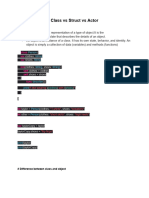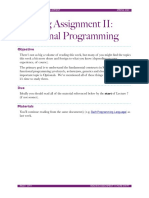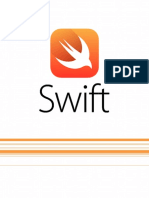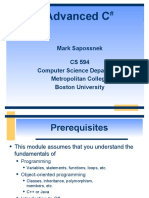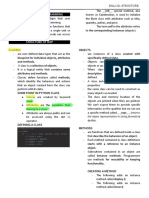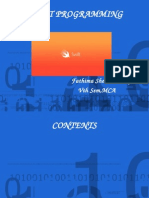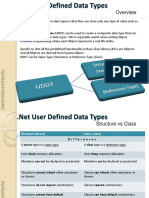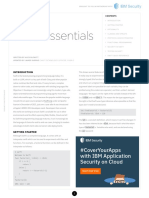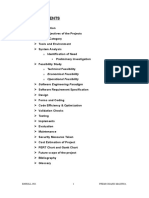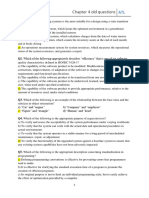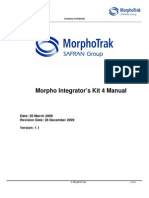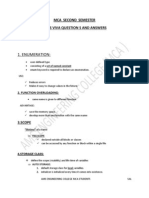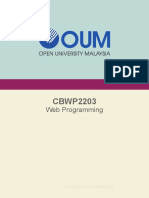0% found this document useful (0 votes)
7 views13 pagesMobile Applications Written Assignment Unit 6
The document discusses the differences between structs and classes in Swift, highlighting key features such as value vs. reference types, memory management, mutability, inheritance, identity, and use cases. It provides examples to illustrate these concepts and concludes with a summary table comparing the two types. The information is aimed at guiding developers in choosing between structs and classes based on their project requirements.
Uploaded by
velvet-had-garmentCopyright
© © All Rights Reserved
We take content rights seriously. If you suspect this is your content, claim it here.
Available Formats
Download as PDF, TXT or read online on Scribd
0% found this document useful (0 votes)
7 views13 pagesMobile Applications Written Assignment Unit 6
The document discusses the differences between structs and classes in Swift, highlighting key features such as value vs. reference types, memory management, mutability, inheritance, identity, and use cases. It provides examples to illustrate these concepts and concludes with a summary table comparing the two types. The information is aimed at guiding developers in choosing between structs and classes based on their project requirements.
Uploaded by
velvet-had-garmentCopyright
© © All Rights Reserved
We take content rights seriously. If you suspect this is your content, claim it here.
Available Formats
Download as PDF, TXT or read online on Scribd
/ 13



